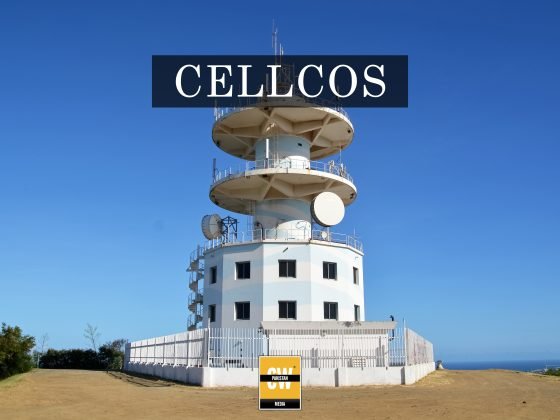Pakistan Telecommunication Authority has rolled out a new 10-year Class Licence for the Provision of Internet Services with the objective of opening opportunities for more internet service providers to operate in licensed districts across the country. Issued under Section 21 of the Pakistan Telecommunication (Re-Organization) Act, 1996, the licence lays down specific terms and obligations that ISPs must follow to operate legally within Pakistan’s regulated telecom framework.
The licence framework enables providers to establish, maintain, and operate internet systems in designated districts but sets clear limitations on extending operations beyond licensed territories. It explicitly restricts licensees from managing network operations centers outside approved districts or offering wholesale bandwidth without authorization. Similarly, interconnection with international telecom systems is prohibited unless approved by PTA. These conditions ensure that service expansion is conducted within a controlled and monitored structure, safeguarding both regulatory oversight and market balance.
A central feature of the licence is its emphasis on consumer rights and quality standards. Licensees are required to formalize Service Level Agreements with PTCL or Local Loop operators to guarantee transparent pricing and service reliability. Obligations include maintaining net neutrality, ensuring equal treatment of traffic, and integrating environmentally sustainable practices in infrastructure deployment. New licensees face strict rollout timelines, requiring them to commence services within one year of issuance and connect at least 100 broadband subscribers in the licensed area. Additionally, companies must maintain disaster recovery arrangements and provide uninterrupted connectivity during national emergencies under PTA supervision.
Financial commitments form a significant part of the framework. Each district licence carries an initial fee of Rs. 300,000 with an annual renewal charge of Rs. 100,000, subject to a 10 percent yearly increase. Delays in payments can trigger penalties, while continued non-compliance could result in suspension or termination of the licence. To strengthen monitoring and national security, ISPs are also required to deploy systems capable of recording traffic, detecting grey traffic, analyzing cyber threats, and providing real-time access to PTA for inspection. This monitoring ensures that both cybersecurity requirements and service quality obligations are upheld consistently.
Customer protection is another area where strict rules apply. ISPs must adopt PTA-approved contracts, guarantee confidentiality of consumer data, and run efficient complaint management systems. Billing must be transparent, system-generated, and auditable, with data records maintained for at least three years. On tariffs, ISPs have the freedom to set their own pricing structures unless PTA deems them unfair or identifies significant market dominance, at which point regulatory oversight will be applied. Interconnection with other licensed operators will follow PTA’s established interconnection rules, ensuring fair market competition.
The licence is valid for ten years and may be renewed subject to compliance with telecom laws and policy directions. PTA reserves the authority to amend terms at renewal to address changes in technology and market conditions. This new regulatory structure is intended to strengthen Pakistan’s internet landscape by promoting market entry, enforcing consumer safeguards, and improving service delivery standards across the country.
Follow the SPIN IDG WhatsApp Channel for updates across the Smart Pakistan Insights Network covering all of Pakistan’s technology ecosystem.









